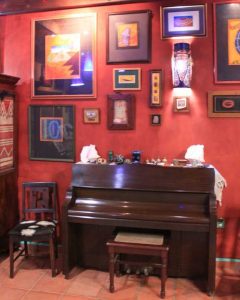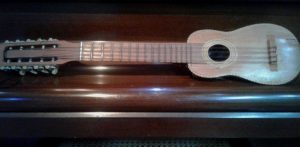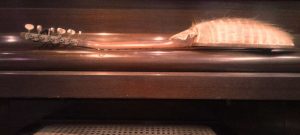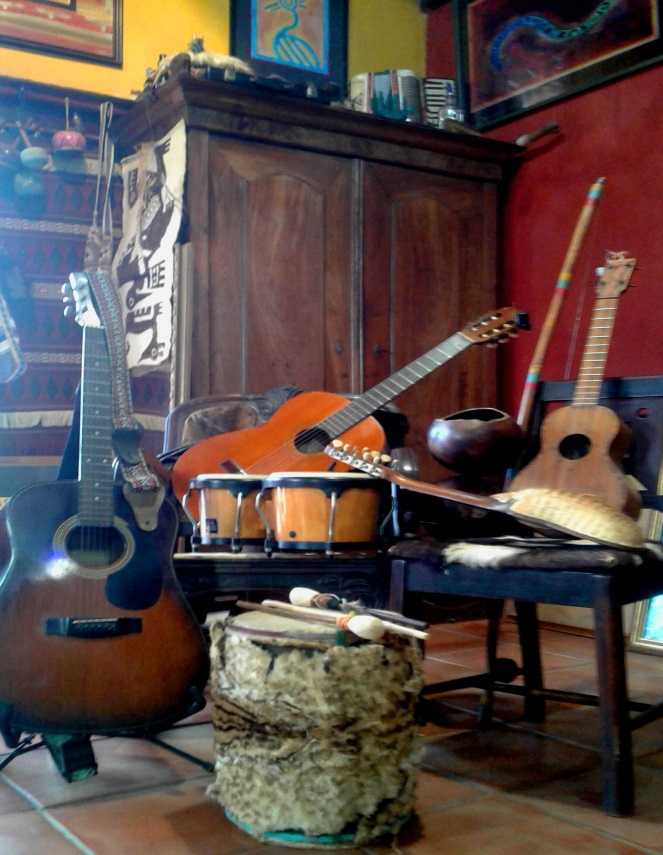Article by Etnia Nativa call us 592 2 and book your experience!
Experience Etnia Nativa
Book your visit at etnianativa03@gmail.com we are close to high rise hotels area
 A A
A A 
Article by Etnia Nativa call us 592 2702 and book your experience!
We want to start this 100th episode by thanking and celebrating the opportunity that Aruba Today has given Etnia Nativa to transmit and share culture through our weekly space and as in any celebration there are musical instruments, today we want to share with you our dear followers and tell you regarding one special music instrument that occupies a special place: “Charango”.

We know that healing through sound dates back thousands of years and those music remediated illnesses and revived the spirit since sound is a vibration and everything in life is made up of vibrating atoms. Depending on the instrument we listen to, we can be influenced at the cellular level by the transmitted vibrations. Some instruments help us move from what are known as “beta brain wave patterns”, or those associated with concentration, anxiety and struggle, to calmer frequencies known as “Brain waves associated with relaxation (Alpha), meditation (Theta) and trance-like states (Delta).
Let’s go back to our beloved charango!
When the Spanish conquistadors came to South America, they brought the vihuela (an ancestor of the classical guitar) with them. The charango may have evolved from the vihuela, bandurria (mandolin), or the lute. Experts “charanguistas”, have noted characteristics of the charango in various vihuelas and guitars of the 16th century, and maintains that the charango is the direct descendant of the vihuela.

The charango originated from the Quechua and Aymara peoples, but only after the Spanish introduced stringed instruments. The charango was traditionally made with dried armadillo shells better known as quirquincho (a very common animal in the Andes Mountains) for the backs and wood as front cover for the sound box. Even though the charango is traditionally made with the armadillo shell, today it is also common to made charango’ss completely out of wood. The charango traditionally is used and played in Ecuador, Bolivia, Chile, Argentina, and Peru. The charango is 66cms (22 inches) long and is usually made from wood and the shell of an armadillo. The charango typically has 10 strings (5 sets of 2 strings strung very close together) but can have up to 20 strings. The first story says that the native peoples loved the sound of the Vihuela (an ancestor of the classic guitar). However, they lacked the knowledge and technology to make the vihuela. So they made it with what they had available (armadillo shells). Another story says that the Spaniards prohibited natives from practicing their ancestral music, and that the charango was a successful attempt to make a lute that could be easily hidden under a garment such as a poncho. It’s believed the charango came into its present form in the early 18th century in the city of Potosí in the Royal Audiencia of Charcas part of the Viceroyalty of Peru (in what is present-day Bolivia), probably from Amerindian contact with Spanish settlers. Because the modern countries of Peru and Bolivia had not yet been established at the time, it is difficult to trace the charango’s origin to a specific country, and the issue remains highly debated. The first published historic information on the charango may be that gathered by Vega, going back to 1814, when a cleric from Tupiza documented that “the Indians used with much enthusiasm the guitarrillos mui fuis… around here in the Andes of Bolivia they called them Charangos”. Curios of the Latin America History is when in 1973 Chilean the top military organized a meeting with folk musicians where it was explained that the traditional instruments charango and quena were now banned and totally prohibit.
To get to know more over Aruba’s and its origins, its animals and culture, we highly recommend you to book your visit for our renowned cultural encounter session has been entertaining curious participants for decades. Mail us at etnianativa03@gmail.com to confirm your participation. Our facilities and activities take place close to high rise hotels.
















